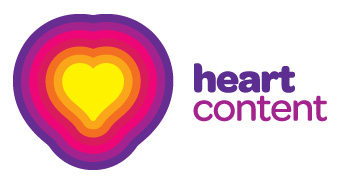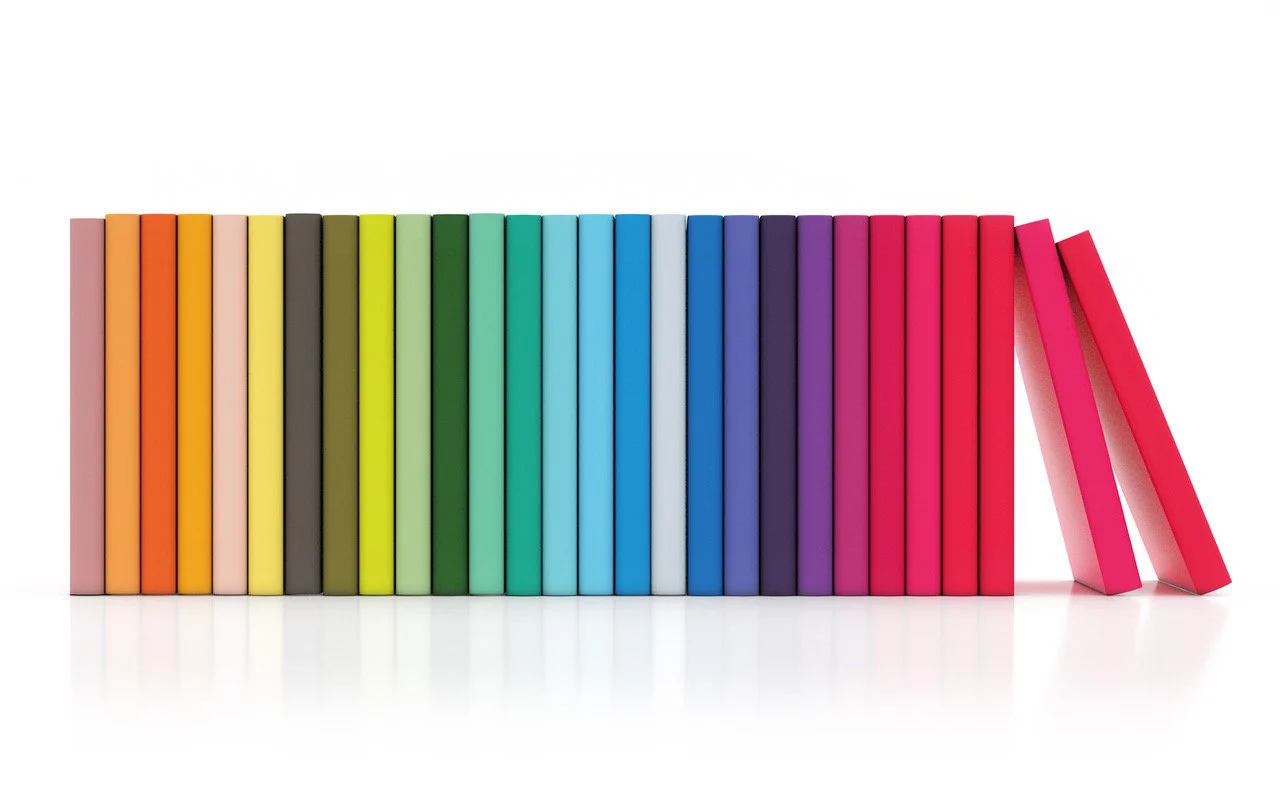Creating A Useful Customer Persona: How To Get Started.
/If you want to create a real connection with your tribe (the people who will be the raving fans of your brand), then creating a detailed customer profile – known as a customer persona – needs to be a key element of your brand and marketing strategy.
A customer persona gives your customer a personality, and its job, is to make sure you’ve asked the right questions about your tribe, so you’re able to connect your purpose, with their purpose and deliver a marketing message that stands out to them.
Whether you’ve never created a customer persona before, or you’re a seasoned pro looking to level up your customer connection skills, in this article, I share the best way to go about building a customer persona.
Let’s talk demographics, psychographics, how to get the answers to the questions you have about your customer, and how to apply your persona so your marketing is useful for your tribe because it helps them choose you.
The Elements of a Customer Persona
Buyer persona, audience profile, avatar: whatever you might choose to call it, a customer persona is a representation of your target customer. It’s where you capture the essential information that helps you to understand who they are.
There are two basic elements that make up a customer persona. These are demographics and psychographics and we’re going to take a look at each in more detail.
Customer Persona Demographics
What are demographics?
Demographics are the things you can quantify about your tribe.
They include things like:
Age and gender
Where your customer lives and the type of house they live in
Their level of education
How many kids they have
Their level of education
What newspapers they read, or which social media platforms they use; and
How much they earn each year.
If the question you’re asking about your target market has a simple answer that you can quantify, then you’re dealing with demographic data.
Why are demographics helpful to your brand and marketing?
Demographics are helpful to your brand and marketing because they help you to decide where you should spread your marketing message.
If your target market fall into an age group that primarily uses Facebook, then it makes sense that’s where you’d start when choosing to invest precious marketing dollars.
It’s also helpful in understanding how to price and position your product.
If you’re selling a high-quality, high-end product, then knowing how much disposable income they have to spare will help you price your product correctly and make it available in the right places.
The problem with demographics
Demographics are incredibly useful for understanding the basics of our tribe.
The problem is that it’s easy to fall into the trap of overusing demographics in marketing because they are, well, easy to quantify. Demographics are the easy questions to answer. They are fixed and quantifiable.
It’s much harder to ask the questions about why someone thinks the way they do, or why they make the choices they make, outside of their age, gender and income.
But if you don’t focus on the other important element of a customer persona, you’ll miss the mark with your messaging. And when you miss the mark with your messaging, it doesn’t matter if your price, position and promotional location are right.
The fact of it is, if you leave out psychographics, you won’t build brand advocacy.
Psychographics are the key to getting your message to land in just the right way.
There are always Demographic Outliers
The other problem with focussing only on the demographics of your tribe, is that you start to see them through the lens of what you can quantify.
But it’s not only their age, location or income that dictate a person’s decision making.
If you only look at demographics in profiling your customer, you miss out on reaching your demographic outliers.
And there are always demographic outliers. These are people who don’t match the demographics of our audience, but still fit their psychographic profile.
This is why it’s so important to take the time to understand your tribe based on their psychographics.
Customer Persona Psychographics
What are psychographics?
If demographics are the quantitative data, then psychographics are best described as the qualitative data.
These are the qualities – beliefs, feelings, opinions and attitudes – that make our tribe who they are. The psychographics are the underlying and harder to pinpoint motivations that help your audience to make decisions about everything. Including your brand.
It’s easy to look at psychographics with a simplistic view, and make note only of things like what your ideal customer likes to do on the weekend. Or their travel plans. Or their long-term goals.
And all of these things are important. But it’s also important to ask questions that help you understand how they see themselves within the world in relation to your product or service.
How do they feel right now when it comes to what you’re selling? Are the excited? Are they confused? Do they understand how it fits into their life?
Are there any industry wide sentiments that are true, or untrue, that are changing the way they perceive your product or service, making them more or less likely to buy?
Do they feel fear about anything? What words do they use to describe your product or service and how it makes them feel?
What would make them more likely to come back again? What are they looking for when they buy from you?
In fact, the deeper you can go with your psychographic questions, the stronger you can make your brand story strategy AND your messaging.
Why are psychographics helpful to your brand and marketing?
Psychographics are helpful to your brand and marketing because they help you to understand how your customer sees the world. Psychographics are the key to getting your marketing messaging right.
When you ask the right questions to uncover how your target market thinks, feels and acts (and their motivation for acting in a certain way), then you’ll be able to connect your why with their why and understand how you fit into their view of the world.
In turn, you’ll be able to use words that make them feel connected to your brand and inspire them to take action.
How do you build a customer persona using demographics & psychographics?
Getting a customer persona down on paper that helps you make good decisions in your marketing messaging and positioning all comes down to asking the right questions.
What do you already know about your customer? Write it down.
What don’t you know that you should know? Write that down too.
Whatever you already know, make note of it, and then get ready to ask the hard questions so you can fill in the blanks that will help put your customer at the heart of your brand.
How do you get the information to write your customer persona?
Customer interviews are absolutely the best way to get direct access to the thoughts and feelings of your tribe.
If you’ve been in business for a while, then it’s likely you already have some fabulous and loyal customers you can interview to help build a profile.
Customer Interview Tips
Interviewing your clients can feel a bit daunting. Here’s my tips for getting it right –
Ideally, you want to interview between 2 and 4 customers
If you have no idea who your ideal customer is yet, then interview the customers who have either:
Purchased the most from you
Sent you the most referrals or
You’ve had the most fun working with (this is only relevant if you’re a service based business)
Record the interview so you don’t have to worry about taking notes. This allows you to engage in the conversation and follow interesting comments instead of being too busy taking notes to listen.
If you’re feeling really brave, talk to the customer who hasn’t purchased from you in a while, or who chose a competitor. Knowing why they didn’t purchase from you (or why they stopped) will give you keen insights to help shape your brand story strategy.
Interview regularly. Especially if you notice a significant change in your customer base or if you haven’t interviewed them in more than two years.
When is it okay to survey your customers?
If you’re in a business that has a really large customer base, a survey will save you some time and will definitely give you access to some great data.
But there are drawbacks to creating your customer persona in this way.
The main one is that what people will write and what they will say are often different. You’ll find that people will say things when you’re interviewing them, that they just won’t share when they’re answering questions in a survey, where they’re more likely to tell you what they think you want to hear, versus what they actually think.
My recommendation is that if you’re going to use a survey method, then you should back this up by also choosing a selection of your tribe to interview. You then get the best of both worlds – access to a large range of data, with the psychographics taken care of in one-on-one conversations.
You will ALWAYS be learning about your customer.
If there’s one thing you can depend on, it’s that things never stay the same. And that’s true of both your marketing and your target market.
Your audience, just like your brand, will always be evolving. So, every now and then, you need to ask these questions of your tribe, to make sure that you’re able to maintain connection.
If you’re working to brand story strategy, and using this as an everyday strategy to create connection with your brand, you’ll quickly notice any changes that happen in your tribe, and be able to make the necessary adjustments to your customer profile to ensure you’re delivering a brand experience that leaves them wanting more.
Want to know the 15 Questions you MUST answer about your customer?
Subscribe for your FREE TRIBE WORKBOOK, so you can better understand your tribe and create marketing that connects.




